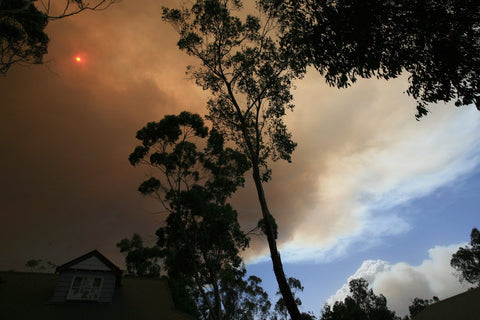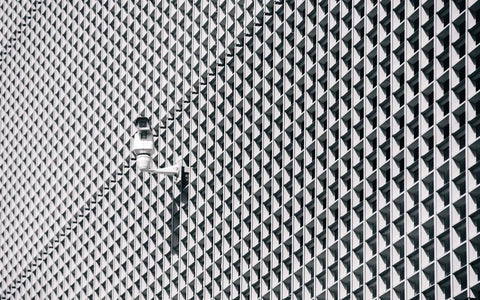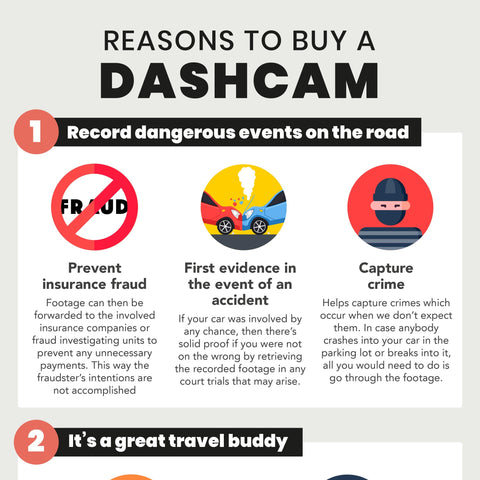As most of us would be aware, Australia is prone to experiencing bushfires. Over the last 10 years, we have experienced several extreme bushfire seasons - this year has been our worst. As of today, bushfires are still ravaging our beautiful country, putting millions of animals and people's lives at risk.
Despite bushfires being a common hazard in Australia, many property owners remain unprepared to reduce the risk of damage to their property. If you or a loved one are in a bushfire prone area, here are some tips to adhere to to reduce your bushfire risk.
Develop a bushfire survival plan
Prepare a written bushfire survival plan and discuss this with your family. Check out the NSW Rural Fire Service's Bush Fire survival plan here.
You should prepare multiple plans to include various alternatives in case of unexpected events such as road closures. Remember to consider different situations as bushfire conditions can change rapidly.
Understand bush fire danger ratings
Get to know and understand bushfire danger ratings and use them as your trigger to stay or leave the area. Watch the video below to learn more:
Identify neighbourhood safer places (NSP)
NSPs are refugses of last resort in the event that the Bushfire Survival Plan cannot be implemented. You can consult your local fire authority for a list of NSPs in your area and note these locations in your survival plan.
Keep others informed
Always notify friends and family of your plans and intentions to stay or go, or if you're travelling during bush fire season. And if it's safe to do so, contact local authorities to notify them of what bushfire activity you can see. This will help the community with first-hand and reliable knowledge about what's going on.
Leave early
Make a plan on when to leave, where to go and how you will get there. Never 'wait and see' - it is extremely dangerous to leave after there are already signs of fire in your area.
The safest option in a bushfire is to leave early - don't wait until it's too late. Consider moving children, the elderly, animals and people with illness and disability away from danger as soon as possible.
If you've decided to leave your home, make sure you:
- Close doors and windows, fill sinks with water and move outdoor furniture away from the house
- Pack food, water and your survival kit in your car
- Turn off mains gas supply
- Develop a back-up plan including where you can seek shelter from radiant heat
- Wear protective clothing to shield you from deadly radiant heat
Always be prepared
Preparation is vital. If you live in an area that could be prone to bushfire activity, there are some simple things you can do to reduce risk, such as:
- Keeping your gutters free of leaves
- Moving flammable items away from your residence
- Keep your garden mowed and garden waste removed away from the house
- Keeping trees with low-lying branches trimmed and tidy
Prepare a bushfire survival kit, making sure it's ready to go and that everyone in the family knows of its location. It should include essentials such as:
- Batteries
- Portable Radio
- First Aid Kit
- Fresh water
- Blankets
- Cool and protective clothing
- Local maps
Choosing to stay and defend may place you and your family at serious risk. If you choose to stay and defend your property, make sure you're fully prepared - both physically and emotionally - to do so. If in doubt, you should leave early.
If you're travelling by car during bushfire season, be prepared and know what to do if you encounter smoke or flames and are unable to turn around and drive to safety. Follow the CFA's tips on staying safe in the car during a bushfire.
Stay safe from the haze and smoke
Even if you are not directly impacted by the bush fires, your area may be affected by its toxic haze and smoke.
Victoria's chief health officer Dr Brett Sutton warned the "very poor" air quality could be fatal for vulnerable groups, such as those with heart and lung disease or diabetes, children under 14, people over 65 and pregnant women.
Everyone should minimise their exposure to smoke. Stay indoors as much as possible and monitor the air quality in your area to minimise your risk to bushfire smoke.
If you have to go outside, use a P2 or N95 mask. These masks can filter bushfire smoke and provide greater protection against inhaling fine particles.
When at home, use air purifiers with a high efficiency particle air (HEPA) filter. HEPA filters are able to reduce the number of fine particles indoors. To work well, the air purifier must be matched to the size of the room it is in and the room must be well sealed.
Read more tips from NSW Health on protecting yourself from bushfire smoke.
Wherever you are in Australia, we hope you and your loved ones are safe from the dangers of today's bushfires affecting our country.
If you need help or assistance during this time, do contact your local fire emergency services or hospital if it is health-related.
Fire emergency services
- Rural Fire Service (NSW)
- Fire and Rescue Service (NSW)
- Country Fire Authority (VIC)
- Metropolitan Fire Brigade (VIC)
- Country Fire Service (SA)
- Northern Territory Fire and Rescue Service
- Department of Fire and Emergency Services (WA)
- Queensland Rural Fire Service
- Queensland Fire and Emergency Services
- Tasmanian Fire Service
- ACT Fire and Rescue






